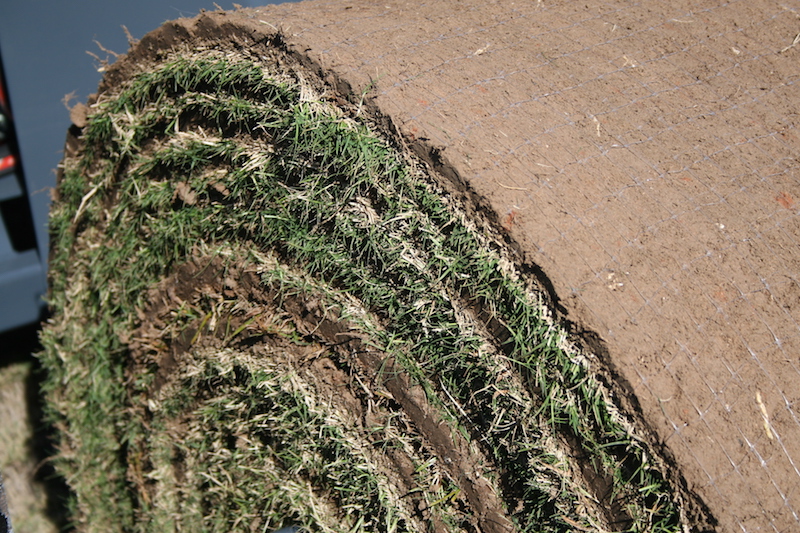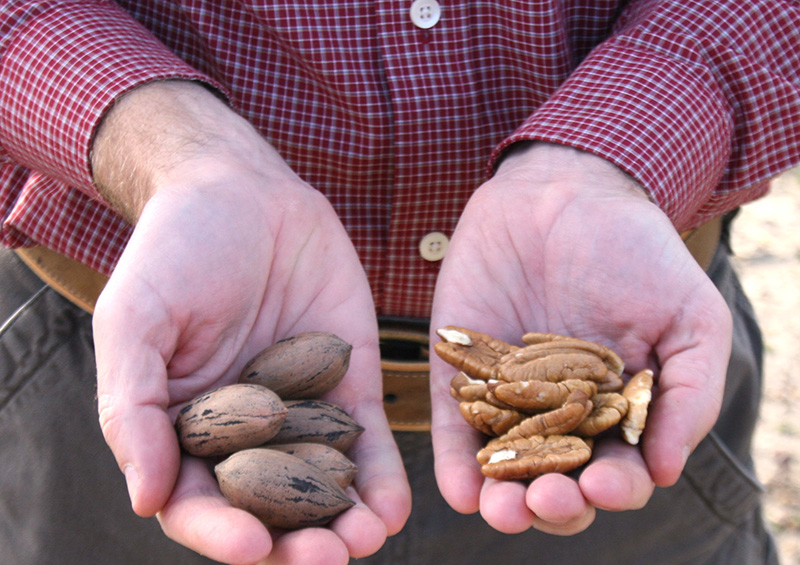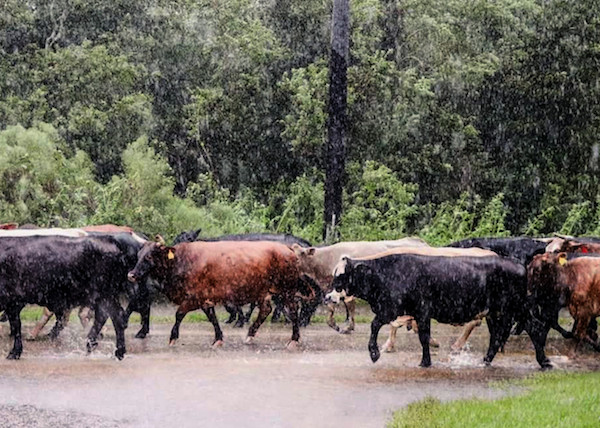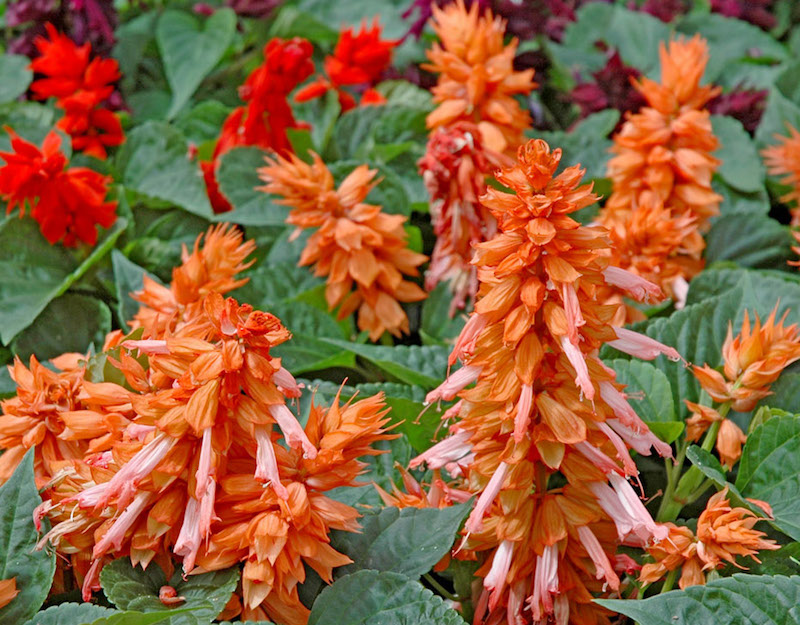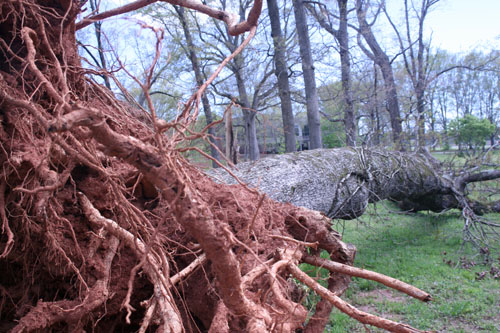 CAES News
CAES News
Irma's winds trimmed limbs and downed trees across Georgia
Tropical Storm Irma blew powerful winds of up to 70 mph when she hit Georgia, providing homeowners, tree removal services and insurance companies plenty of work to do. Examining storm-damaged trees can provide insight into why some trees "fail" during windstorms.

